Since we're all different people with different stories and temperaments, that's a tricky question to answer. But this article will dive deeply into the various options for PTSD therapy and treatment.
In addition, I've written more in-debt articles on some of the individual therapies. You'll find the link in this article.
There are several evidence-based treatments for PTSD that are effective, including:
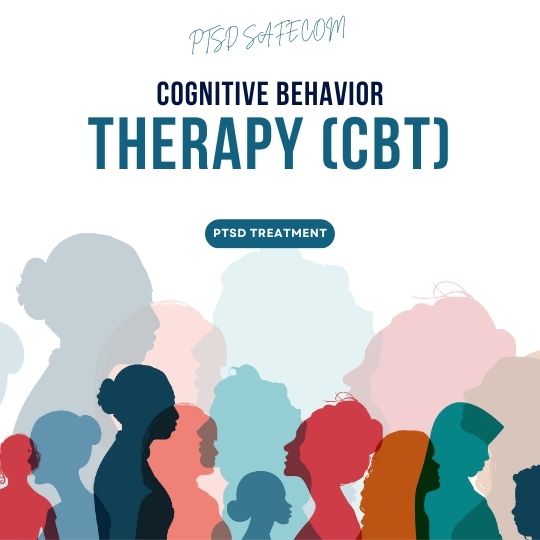
Cognitive-behavioral therapy (CBT) helps you identify and change negative thought patterns and behaviors contributing to your distress. CBT is often considered the first-line treatment for PTSD.
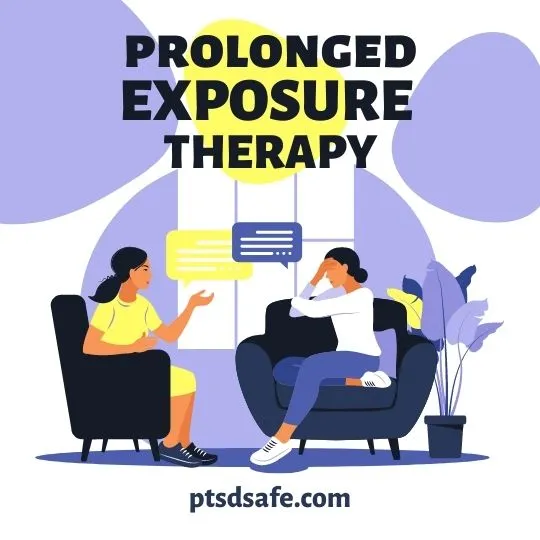
Prolonged exposure therapy: Dr. Edna Foa and colleagues developed Prolonged exposure therapy specifically for treating PTSD in the 1980s.
Prolonged exposure therapy aims to help you confront and process your traumatic memories in a controlled and safe environment to reduce the intensity of your emotional reactions to these memories. This way, you can increase your sense of control over your emotions and behaviors.
Since its development, prolonged exposure therapy has been extensively researched and found to be an effective treatment for people with PTSD and other anxiety and mood disorders. It is now widely used as a treatment for people who have experienced one or more traumatic events and are experiencing related symptoms.
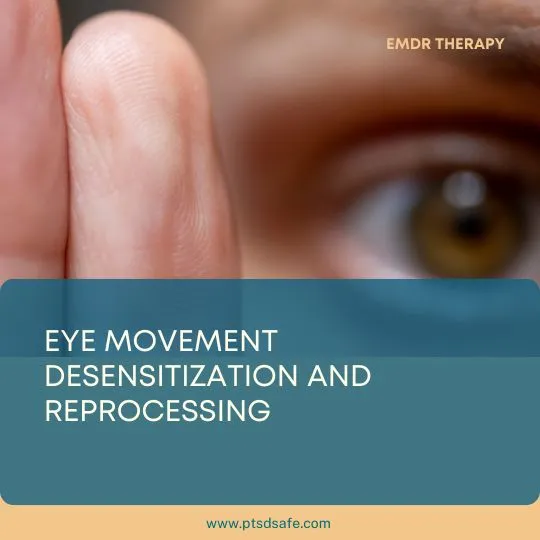
Eye movement desensitization and reprocessing (EMDR): In this therapy, the therapist uses eye movements or other forms of bilateral stimulation to help your process and resolve traumatic memories. EMDR is often used as a second-line treatment for PTSD.
The effectiveness of EMDR therapy has been demonstrated in a number of randomized controlled trials, which are considered the gold standard of research in the field of psychology. These studies have consistently found that EMDR is effective in reducing symptoms of PTSD and other anxiety and mood disorders. It is at least as effective as other evidence-based treatments, such as cognitive-behavioral therapy (CBT).
EMDR is also listed as an evidence-based treatment for PTSD in the U.S. Department of Veterans Affairs/Department of Defense Clinical Practice Guideline for the Management of PTSD and in other guidelines and reviews.
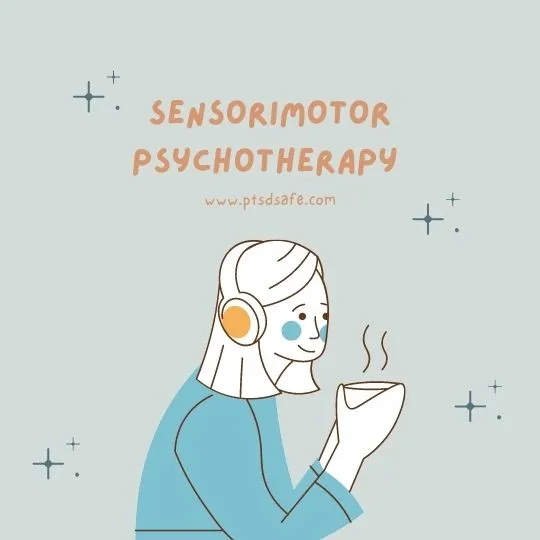
Sensorimotor Psychotherapy (SP) is a form of treatment that combines traditional talk therapy with techniques that focus on the body and sensory experiences. It is often used to treat people with post-traumatic stress disorder (PTSD) and other mental health conditions that involve physical symptoms or trauma-related body sensations. Pat Ogden, a clinical psychologist, and somatic experiencing practitioner, developed Sensorimotor Psychotherapy (SP). The work of Peter Levine, the developer of Somatic Experiencing, a body-based therapy for trauma, influenced Ogden. Ogden adapted and expanded upon Levine's work, developing a more comprehensive approach that includes traditional talk therapy techniques and techniques that focus on the body and sensory experiences.
SPSensorimotor Psychotherapy is based on the idea that trauma is stored in the body and the mind and that addressing physical symptoms and sensations can be essential to healing. The goal of SP is to help individuals better understand and process their traumatic experiences by focusing on the body and how it responds to trauma.
During SP, the therapist may use body awareness exercises, breath work, and touch to help the individual better understand and process their traumatic experiences. The therapist may also use cognitive and behavioral techniques to help the individual identify and change negative thoughts and behaviors related to the trauma.
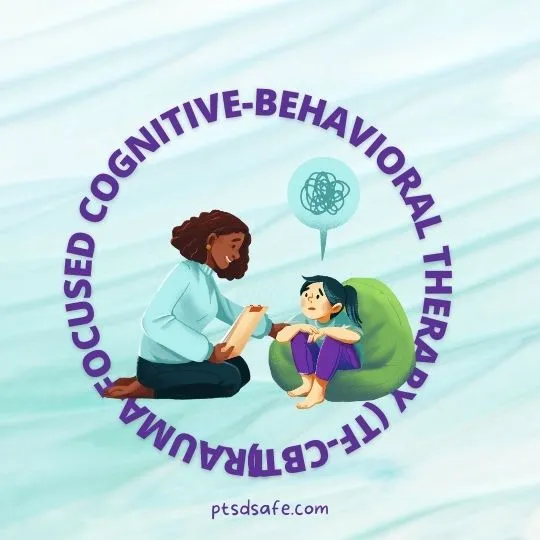
Trauma-focused cognitive-behavioral therapy (TF-CBT) focuses on helping you process and resolve traumatic experiences and the associated thoughts, feelings, and behaviors.
TF-CBT is typically used to treat people with post-traumatic stress disorder (PTSD) and other mental health conditions that may be related to a traumatic event.
TF-CBT typically involves the following components:
1. Psychoeducation: That is education about trauma, how it affects you as a survivor, and the treatment process.
2. Relaxation techniques, such as deep breathing or progressive muscle relaxation, help you manage your emotions and reduce anxiety.
Affective regulation so you can identify and label your emotions and develop coping skills for managing your emotions.
3. Trauma narrative: Learn how to develop a history of your traumatic experience, which can help you make sense of the event and integrate it into your overall life story.
In vivo exposure: This involves helping you gradually confront and process your fears and triggers related to the traumatic event in a controlled and safe environment.
Cognitive processing to identify and challenge negative thoughts and beliefs related to the traumatic event and develop more balanced and adaptive ways of thinking.
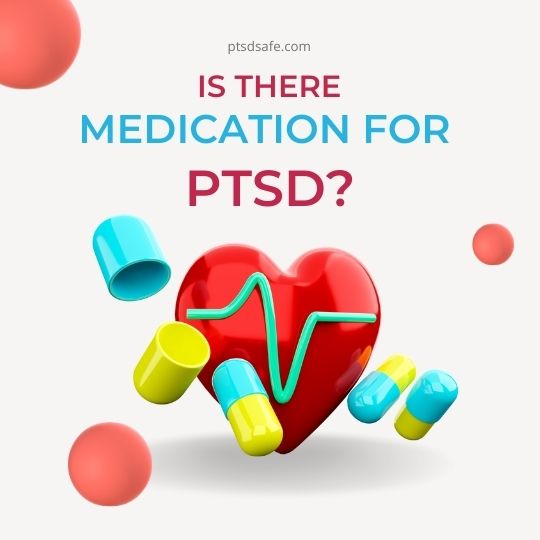
Medication can be effective in reducing symptoms of PTSD. Therefore, you might use drugs in combination with therapy. Here's a list of some of the medicines that are used to control PTSD symptoms:
1. Selective serotonin reuptake inhibitors (SSRIs): SSRIs are a type of antidepressant that can help reduce the symptoms of PTSD, such as depression, anxiety, and insomnia. Examples of SSRIs include fluoxetine (Prozac), sertraline (Zoloft), and paroxetine (Paxil).
2. Serotonin-norepinephrine reuptake inhibitors (SNRIs): SNRIs are a type of antidepressant that can help reduce the symptoms of PTSD, such as depression, anxiety, and insomnia. Examples of SNRIs include venlafaxine (Effexor) and duloxetine (Cymbalta).
3. Prazosin: Prazosin is a type of medication that can help reduce the symptoms of PTSD, such as nightmares and insomnia.
4. Beta-blockers: Beta blockers are a type of medication that can help reduce the physical symptoms of PTSD, such as rapid heartbeat and sweating. Examples of beta blockers include propranolol (Inderal) and atenolol (Tenormin).
I'm not a doctor, and this is just a list I have found on the internet(which you should not trust.) Also, you should not use medications as the only treatment for PTSD. Instead, they should be combined with therapy, such as cognitive behavioral therapy (CBT), exposure therapy, or eye movement desensitization and reprocessing (EMDR). But, again, working with a mental health professional is essential to determine your situation's most appropriate treatment plan.
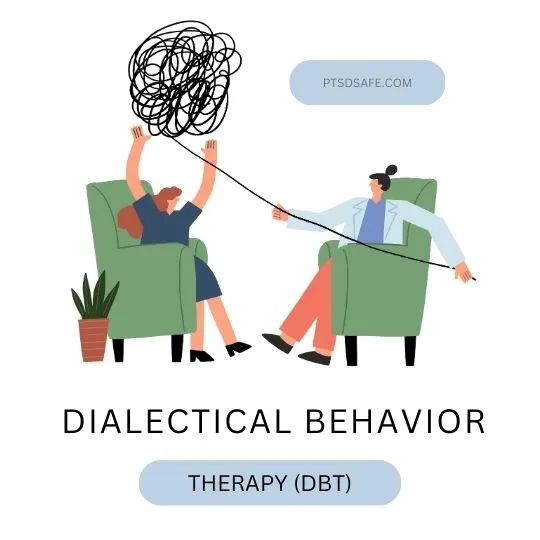
Dialectical behavior therapy (DBT) combines cognitive-behavioral techniques with mindfulness and acceptance-based strategies to help you manage your emotions and behaviors.
In the 80' psychologist Dr. Marsha M. Linehan developed DBT. Originally it was meant to treat people with borderline personality disorder. But, therapists and researchers later found that it can effectively treat many other mental health conditions, including post-traumatic stress disorder (PTSD), depression, and anxiety disorders.
Numerous studies with randomized controlled trials have found that DBT is effective in reducing symptoms of mental health conditions, including PTSD, and is at least as effective as other evidence-based treatments, such as cognitive-behavioral therapy (CBT).

Acceptance and commitment therapy (ACT): This therapy helps you accept your thoughts and feelings, rather than trying to avoid or suppress them, and commit to taking action that aligns with your values.
ACT is a cognitive-behavioral therapy that emphasizes acceptance, mindfulness, and values-based action. ACT can help you develop greater psychological flexibility, which is the ability to accept and respond to complex thoughts and emotions healthily and adaptively.
ACT typically involves the following components:
1. Acceptance: This involves helping you develop a greater willingness to experience complex thoughts, feelings, and sensations, rather than trying to avoid or suppress them.
2. Mindfulness: ACT emphasizes the importance of being present in the moment and accepting thoughts and feelings as they arise. Mindfulness can help you develop the ability to stay present with your thoughts and feelings rather than avoiding them or becoming overwhelmed by them.
3. Cognitive defusion: ACT uses techniques such as cognitive defusion to help you disentangle from your thoughts and see them as simply mental events rather than objective truths. This can be helpful when you have negative and distressing thoughts about the traumatic event that you believe to be true. The therapist can help you develop strategies for separating yourself from your thoughts and viewing them as mental events rather than facts.
4. Value clarification: ACT helps individuals identify their values and take action that aligns with them. Value clarification can be essential if you have lost a sense of purpose or meaning after experiencing a traumatic event. You can rebuild a sense of purpose and meaning by taking action that aligns with your values.
You will learn how to take actions consistent with your values and goals, even in the face of complex thoughts and emotions.
Different types of therapy may be more or less effective for different people. Therefore, working with a mental health professional trained in various treatments would be best to determine the best approach for your specific needs and goals. These are just a few therapies and treatments available for treating PTSD. Feel free to comment if you have another suggestion.







